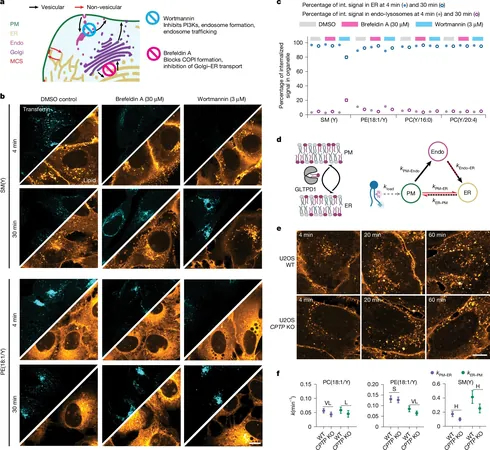
The Silent Alarm: How Mini-Strokes Could Save Your Life
2025-09-02
Author: Wei
Mini-Strokes: The Critical Warning Signs You Can't Ignore
Transient ischemic attacks (TIAs), often referred to as mini-strokes, are fleeting neurological episodes that can foreshadow a major stroke. They might seem inconsequential at the time—like blurred vision or sudden weakness—but recognizing these symptoms is vital. Early action—including lifestyle adjustments and medical interventions—can safeguard against irreversible brain damage and potentially save lives.
What You Need to Know About TIAs
A transient ischemic attack is a short-lived event caused by a temporary block in blood flow to the brain. While TIAs usually last only a few minutes and do not lead to permanent damage, they are red flags. Astonishingly, about one-third of individuals who experience a TIA could suffer a stroke within a year. Common symptoms include:
Critical Symptoms to Watch For
- **Sudden weakness, numbness, or paralysis** on one side of the body - **Slurred speech** or trouble understanding others - **Visual disturbances**, including double vision or temporary loss of sight - **Dizziness or loss of balance** Recognizing these signs and seeking prompt medical attention can significantly reduce the risk of a major stroke.
A Real-Life Wake-Up Call
Dr. Sudhir Kumar, a seasoned neurologist from CMC Vellore, shared a compelling case. A 60-year-old man, Mr. Ramesh (name changed), had been experiencing brief episodes of blurred vision—lasting just a minute—while reading. Believing it was a mere sugar fluctuation, he delayed seeking help. After a thorough examination and a scan, doctors discovered an alarming 80% blockage in his carotid artery. Those episodes were TIAs, urgent warnings of an impending stroke.
Immediate Steps for Intervention
Timely intervention is crucial for TIA patients. Ramesh’s treatment plan included dual antiplatelet therapy to prevent clot formation, high-dose statins to stabilize his arterial plaques, and essential lifestyle modifications like quitting smoking and managing diabetes. Dr. Kumar emphasizes, “Each short-lived symptom is the body’s cry for help. Ignoring them can lead to irreversible consequences.” Recognizing TIAs and responding quickly allows healthcare professionals to act before a minor event escalates.
Prevention is Key: Take Charge of Your Health
Ramesh’s journey underscores that TIAs are not merely isolated incidents but signals demanding attention and proactive management. Key preventive measures include controlling diabetes, cessation of smoking, cholesterol management, and regular blood pressure monitoring. Simple diagnostic tests coupled with prompt medical care can significantly lower stroke risk. Furthermore, healthcare providers should take TIAs seriously and initiate preventive treatments when warranted.
Stay Informed and Take Action!
For individuals, recognizing early symptoms and adhering to preventive measures can be life-saving. It’s crucial to view minor events—like a momentary blackout in vision or brief weakness—as urgent health alerts, not mere nuisances. Armed with knowledge and the readiness to act, you can significantly enhance your long-term brain health and overall well-being.


 Brasil (PT)
Brasil (PT)
 Canada (EN)
Canada (EN)
 Chile (ES)
Chile (ES)
 Česko (CS)
Česko (CS)
 대한민국 (KO)
대한민국 (KO)
 España (ES)
España (ES)
 France (FR)
France (FR)
 Hong Kong (EN)
Hong Kong (EN)
 Italia (IT)
Italia (IT)
 日本 (JA)
日本 (JA)
 Magyarország (HU)
Magyarország (HU)
 Norge (NO)
Norge (NO)
 Polska (PL)
Polska (PL)
 Schweiz (DE)
Schweiz (DE)
 Singapore (EN)
Singapore (EN)
 Sverige (SV)
Sverige (SV)
 Suomi (FI)
Suomi (FI)
 Türkiye (TR)
Türkiye (TR)
 الإمارات العربية المتحدة (AR)
الإمارات العربية المتحدة (AR)